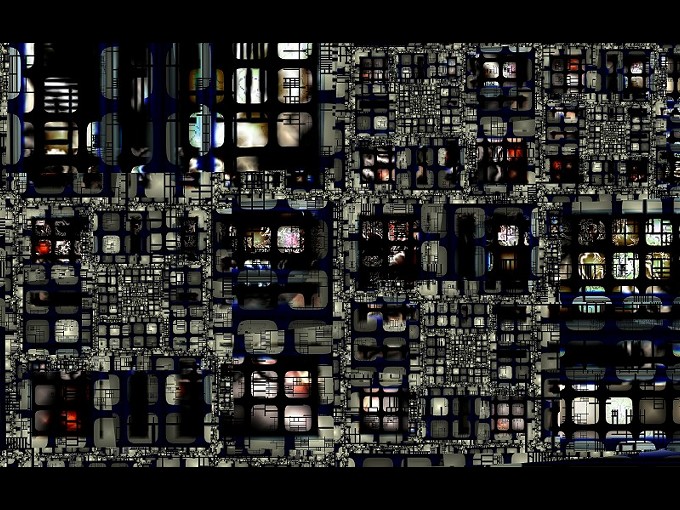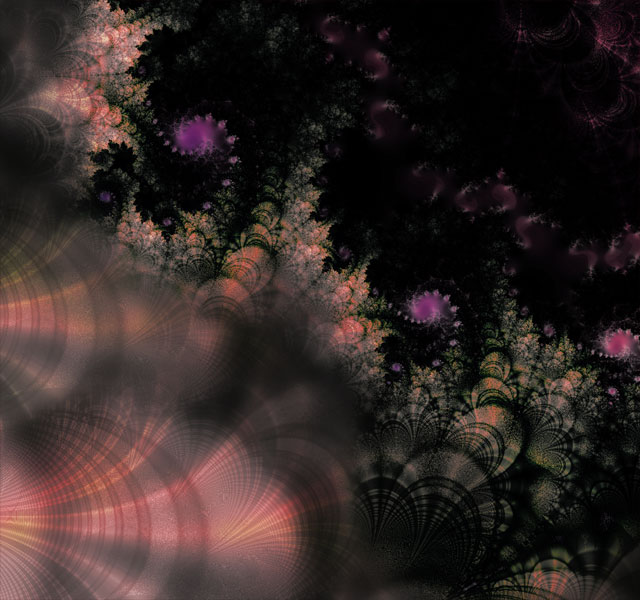

Trending Lichtenberg wood burning art can have many different causes. We have compared the Lichtenberg wood burning Trend chart with pyrography art in google trends.Īs you can see, the search for Liechtenstein wood burning (blue chart) has begun in 2014 and so far has gone up, while Pyrography art (red chart), has undergone a neutral process during this time. Lichtenberg Figure Fractal Wood Burning Trend
FRACTALWORKS DOWNLOAD
This is a limited-time offer, order now to get access to the future eBook releases.īuy & Download ebook Now! (Coupons Applied!) All you need to know for Lichtenberg Wood Burning is here. This eBook is a comprehensive guide on Lichtenberg Wood Burning. Lichtenberg burning is a wood-burning technique for creating designs with electricity. The art of pyrography on wood is the art of creating motifs and designs by burning with hot metal tools on objects such as wooden surfaces. This technique should not be confused with wood burning art or pyrography. This technique is known with some different names such as Lichtenberg wood burning, fractal wood burning, and electricity wood art. In this eBook, we are going to introduce this newfound art to you. ( Stereoscopy on the Wikipedia.One of the modern techniques for creating wooden artwork is called Lichtenberg wood Burning. Cross-eyed images are the same thing, just with a different name. The use of stereo glasses just makes it easier for each of your eyes to look exclusively at the single photo directly in front of them instead of doing the natural thing your eyes do, which is to intersect on a single point ahead of them and just look at one photo together. The two images taken with a single camera from slightly different positions imitates the offsetting of your two eyes and the two aircraft positions become the left and right eyes you see with (Godzilla-vision). They then take a second picture just a few hundred feet afterwards. How is it made? Aircraft cameras create “stereo-pairs” by taking a picture of the ground below them with a single camera. “Tools of the trade” as they say in bankruptcy court. You know, if you’re really serious about fractal art these days you should have a set of 3D glasses beside your computer at all times. In case you can’t view it properly, it looks like glowing mandelbulb planet floating in sinister light in hole on your computer screen in a vintage 50s sci-fi style (where everything was glowing and sinister). ~Click on images to view full-size on original site~ I first came across his work on (FFs) the place where true enthusiasts gather these days.
FRACTALWORKS FULL
According to his Flickr page, his full name is Subbiah Rathinagiri and he lives in southern India. There’s a number of people making 3D stereo fractal images but the most prolific one I know of goes by the name Rathinagiri on.

I remember that not everyone was like that when it came to the View-Master and so I suspect not everyone experiences the same thrill intensity when it comes to 3D stereo fractal art. Peering into it’s tiny worlds, no matter how dumb or childish the subject matter, was intoxicating. My first encounter with artificial 3D imagery was the View-Master. Even apparently mediocre images still contain that exciting substance that transforms anything flat into an eternally effervescing wonder. I think it’s that “little world” effect that fascinates them. I mention this because you may have noticed that people who make this sort of artwork often become obsessed with it. 3D is more than just a cool trick, it’s virtual sculpture and a visual reality –it’s as real as real can look. Natural? Yes, that’s what I’d say is the impression I get when I look at 3D stereograms and other 3D imagery: I feel like a doorway to a little world has opened up on my computer screen.

In fact, if you think about it, the usual flat, 2D kind of imagery seen in most artwork, like the two above, is actually something of an abstraction and employs all sorts of technical tricks to give the impression of natural depth in an unnaturally flat medium 3D imagery is natural imagery. It’s pretty common actually and goes under the generic title: see-ing. In case you’re wondering, and you’re also stupid, 3D imagery has been around as long as humans have had two eyes. Detail from a painting by Jacob Spoel (1820-1868)

3D-art freaks (circa 1860) groovin' to the third dimension.


 0 kommentar(er)
0 kommentar(er)
